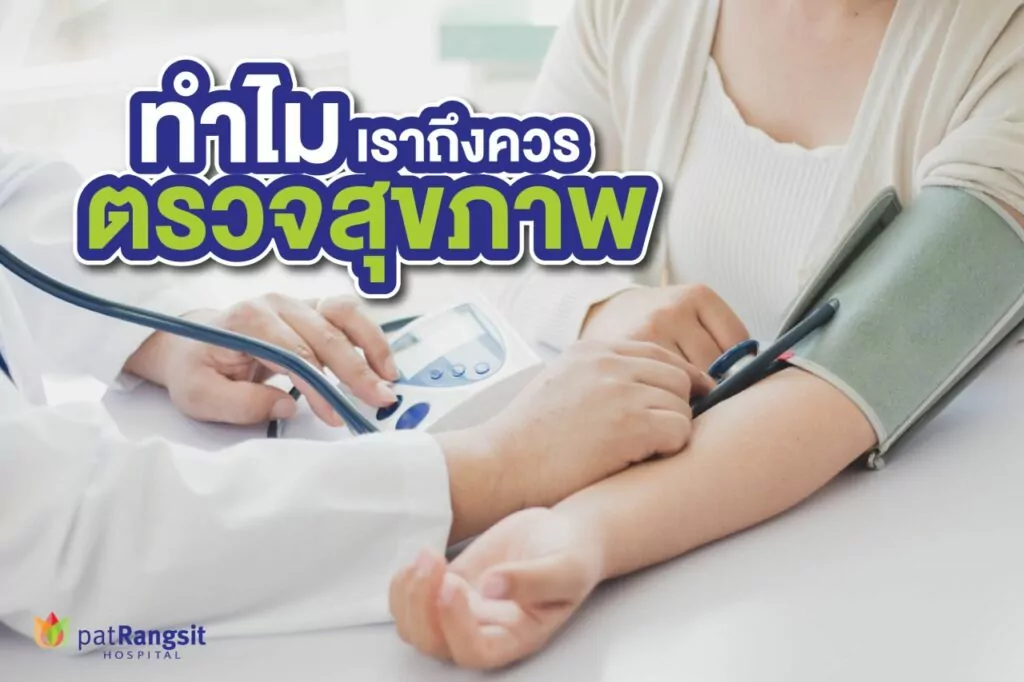
LONG COVID is a condition characterized by lingering symptoms after the initial COVID-19 infection. It can manifest in various parts of the body, with the most common symptoms being tiredness, decreased concentration, and fatigue. These symptoms may be accompanied by anxiety, depression, muscle pain, joint pain, fever, cough, excessive sweating, nausea, vomiting, amnesia, indigestion, diarrhea, rash, and palpitations. These persistent symptoms can significantly reduce the quality of life.
How common is LONG COVID?
Typically, the early symptoms of COVID-19 last for no more than two weeks, but some studies have found that symptoms can persist beyond this timeframe, leading to what is known as "post-acute COVID-19 symptoms." Nearly 80% of patients experience at least one symptom. During follow-up, it has been observed that 2.3-10% of patients continue to have symptoms for more than three months, which is referred to as chronic COVID-19. Since COVID-19 is an emerging disease, the duration of LONG COVID symptoms is still unclear. However, it has been found that some individuals may experience continuous symptoms for more than 9-12 months.
Can children experience LONG COVID?
LONG COVID can also occur in children. They may exhibit physical symptoms such as tiredness, joint pain, muscle pain, chest pain, abdominal pain, diarrhea, and palpitations, which can resemble symptoms experienced by adults. However, diagnosing LONG COVID in children is more challenging than in adults due to difficulties in communication and understanding of symptoms, especially when neurological symptoms are present, such as decreased concentration, memory problems, learning difficulties, or psychological issues. Reports indicate that 4.6% of children infected with COVID-19 still have residual symptoms, indicating LONG COVID. It is worth noting that there is also a condition called Multisystem Inflammatory Syndrome in Children (MIS-C), characterized by inflammation of multiple organs, which can occur after COVID-19 infection in children. MIS-C typically presents with more severe symptoms than LONG COVID.
Treatment Given the wide range of symptoms associated with LONG COVID, patients may need to undergo investigations to identify the underlying cause and receive ongoing medical supervision. In order to determine the cause, patients should assess whether there were complications from COVID-19 since the initial infection or if there are unrelated disorders present, such as diabetes that developed after COVID infection. However, treatment for LONG COVID is primarily based on managing symptoms and addressing any detected abnormalities. As the exact cause is still unclear, one way to prevent LONG COVID is to protect oneself from COVID-19 infection through vaccination.

The importance of health checkups: Having a health checkup every year is crucial for disease prevention and early detection, both for individuals who are healthy and those who are already ill. Regular health checkups can reduce the risk of developing complications. Most serious diseases, such as cancer, heart disease, and kidney disease, often develop over months or years. During this time, our bodies can undergo changes that may affect our internal organs. Therefore, health checkups help us prevent the risk of various diseases.
Which age group should get a health checkup? Important age groups for health checkups are divided into two main periods.
What does a health checkup for each age group look like?
• Children aged 15 years and younger: The focus is on their development and vaccination requirements.
• Young adults aged between 15 and 35 years old: Health checkups in this age range focus on assessing the basic functioning systems of the body, such as blood, lung, liver, and kidney functions, as well as sugar levels, blood lipids, and urinalysis. The aim is to identify the risk factors for chronic diseases such as diabetes and hypertension.
• Adults aged between 35 and 50 years old: Health checkups at this age range include basic body checks such as heart function and abdominal ultrasound examinations. This allows screening for conditions such as fatty liver, stones, tumors, cervical cancer, and breast cancer.
• Adults aged 50 years and over: Health checkups for individuals over 50 years old cover all parts of the body. These checkups emphasize cancer screening, including colon and abdominal cancers for both genders, prostate gland screening for men, and breast and ovarian screening for women. Bone and muscle deterioration are also assessed to identify thin bones, osteoporosis, and hormonal deterioration in individuals experiencing menopause or exhibiting related symptoms. Hormone screening is particularly important for women, as they experience a more rapid decline in hormone levels compared to men. Hormonal changes can affect bones, muscles, metabolism, as well as emotional, concentration, and mental well-being.

บทความโดย
นพ.กันตพงศ์ รุ้งวราห์รัตน์
เว็บไซต์นี้มีการใช้งานคุกกี้ เพื่อเพิ่มประสิทธิภาพและประสบการณ์ที่ดีในการใช้งานเว็บไซต์ของท่าน